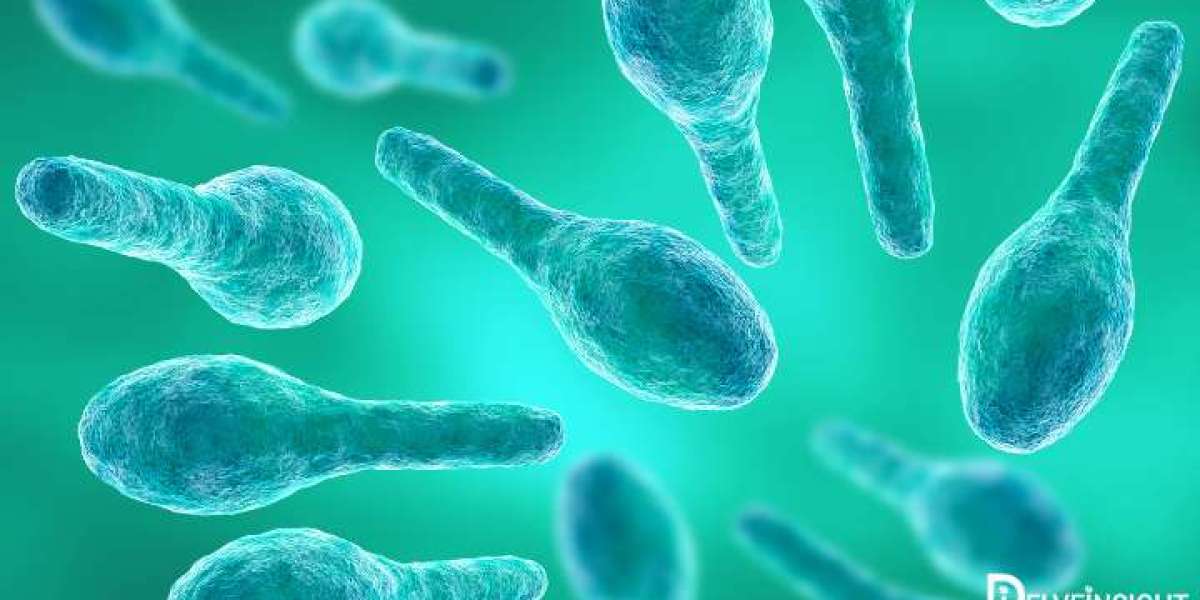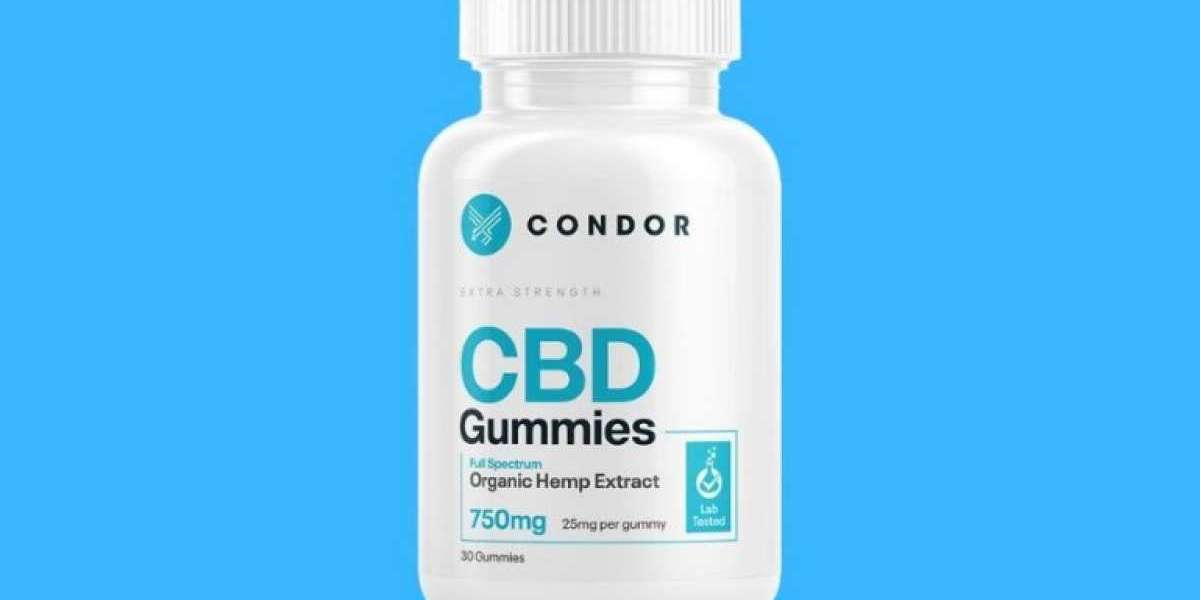Understanding NASH
NASH affects millions worldwide, with estimates suggesting that about 25% of adults may have some form of NAFLD, and of those, approximately 20% may progress to NASH. Unfortunately, many NASH patients remain asymptomatic until the disease reaches an advanced stage, underscoring the need for early detection and intervention. The pathophysiology of NASH involves a complex interplay of factors, including insulin resistance, oxidative stress, and inflammatory responses, making the development of effective therapies a multifaceted challenge.
Current Treatment Landscape
Currently, there are no FDA-approved medications for NASH, leading to a reliance on lifestyle modifications, including weight loss, dietary changes, and exercise. Studies have shown that losing even 5-10% of body weight can significantly reduce liver fat and improve inflammation. However, many NASH patients struggle to achieve and maintain such lifestyle changes, highlighting the urgent need for pharmaceutical interventions.
Emerging Therapies
As research into NASH continues to evolve, several promising therapies are emerging, targeting various aspects of the disease. Here are some of the most notable developments:
Antifibrotic Agents: Fibrosis is a key concern for NASH patients, as it can progress to cirrhosis. Several antifibrotic agents, such as Lefitolimod and Obeticholic acid, are being investigated for their potential to halt or reverse liver fibrosis. These therapies focus on modulating the inflammatory response and promoting liver regeneration.
GLP-1 Receptor Agonists: Glucagon-like peptide-1 (GLP-1) receptor agonists, traditionally used for diabetes management, are being explored for their dual benefits in managing both diabetes and NASH. Medications like Semaglutide and Liraglutide have shown promising results in reducing liver fat and improving metabolic parameters in NASH patients.
FXR Agonists: Farnesoid X receptor (FXR) agonists are gaining attention for their potential to reduce liver inflammation and fat accumulation. Obeticholic acid, as mentioned earlier, is a synthetic FXR agonist that has shown efficacy in clinical trials for improving liver histology in NASH patients.
SGLT2 Inhibitors: Sodium-glucose cotransporter-2 (SGLT2) inhibitors, used primarily for diabetes treatment, are also being investigated for their effects on liver health. These agents may improve liver function and metabolic parameters, potentially benefiting NASH patients.
Microbiome-Based Therapies: Emerging research highlights the role of gut microbiota in liver health. Therapies targeting the gut microbiome, such as probiotics and prebiotics, are being explored for their potential to alleviate NASH symptoms by promoting a healthy gut-liver axis.
The Path Forward
While these emerging therapies offer hope for NASH patients, continued research and clinical trials are essential to determine their long-term safety and efficacy. The path forward involves:
Increased Research Funding: Continued investment in research focusing on the underlying mechanisms of NASH and the development of targeted therapies is crucial.
Clinical Trials: Robust clinical trials are needed to validate the safety and effectiveness of emerging therapies in diverse patient populations.
Collaboration Among Stakeholders: Collaboration between pharmaceutical companies, healthcare providers, and regulatory agencies will be vital in accelerating the development and approval of new therapies.
Patient Education and Support: Educating NASH patients about their condition and the importance of lifestyle changes can empower them to take an active role in their treatment. Support groups and resources can also help patients navigate their journey towards better liver health.
Conclusion
As the prevalence of nonalcoholic steatohepatitis (NASH) continues to rise, the need for effective therapies becomes increasingly urgent. Emerging treatments hold the promise of improving outcomes for NASH patients by targeting the disease's underlying mechanisms and offering new hope for management. By investing in research, fostering collaboration, and focusing on patient education, the healthcare community can pave the way for a brighter future for those affected by NASH, transforming the landscape of liver disease management and improving patient quality of life.
Latest Reports
Radial Artery Compression Device Market | Relapsing Multiple Sclerosis Market | Retinoblastoma Market | Surgical Robotic System Market | Thalassemia Market | Automated External Defibrillators Market | Babesiosis Market | Emphysema Market | Transcatheter Embolization And Occlusion Devices Market | Cardiopulmonary Autotransfusion Market | Nicotine Addiction Market | Peripheral Arterial Disease Market | Ankylosing Spondylitis Market | Eosinophilic Granulomatosis With Polyangiitis Market | Pulmonary Emphysema Market | Spinal Trauma Devices Market | Astigmatism Market | Diptheria Market | Hearing Implants Market | Premature Ejaculation Market | Surgical Mask & Respirator Market








